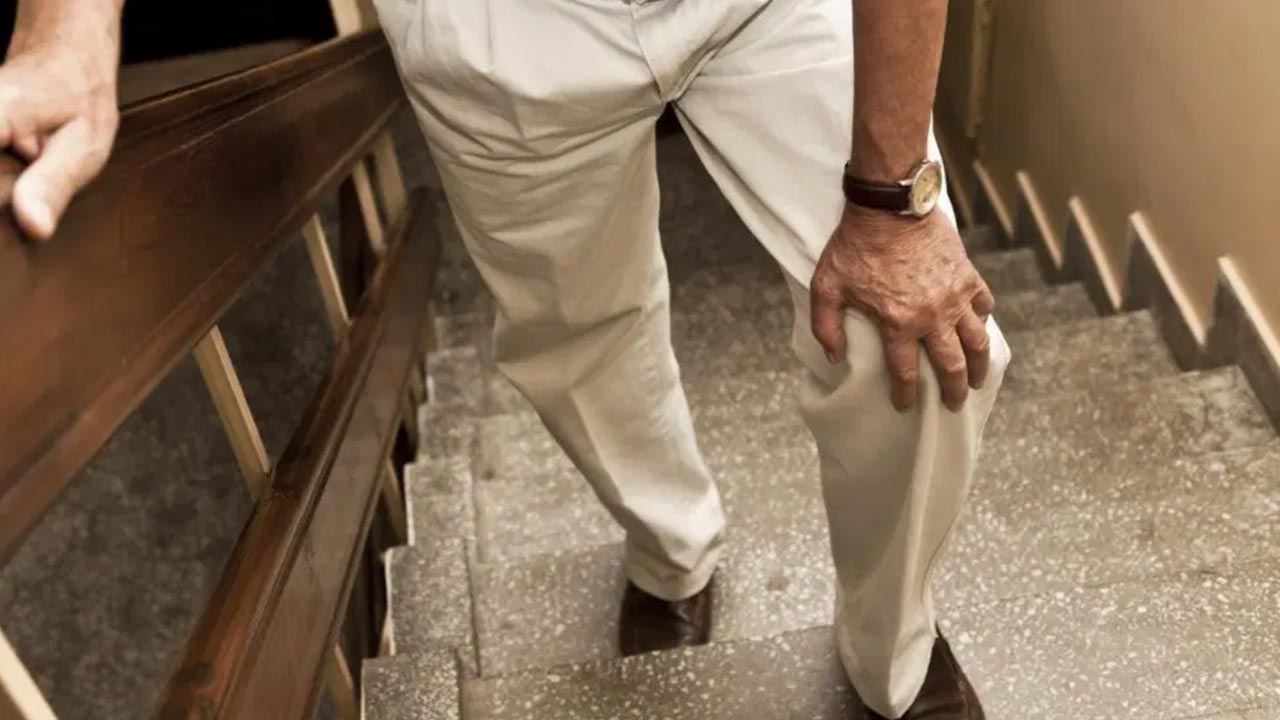Peripheral Artery Disease (PAD) happens when the blood vessels on the crust of your heart and brain start to shrink. The narrowed arteries reduce the blood flow to your limbs. The buildup of fatty deposits in the arteries makes them shrink or blocked. Plaque is a substance made up of fat and cholesterol. PAD is also known as peripheral arterial disease or peripheral vascular disease (which includes both arteries and veins). Considering the common nature of the disease many people think of whether they are at a risk for PAD or not?
Are you at a Risk for PAD?
You are especially at high risk of developing PAD if you smoke or have Type 2 diabetes. PAD affects about 8.5 million U.S. adults over age 40 and people with the risk factors are affected the most. You are at risk for PAD if you:
- Smoke
- High blood pressure
- Atherosclerosis
- Diabetes
- High cholesterol
- Age above 60 years
- A family history of peripheral artery disease, heart disease, or stroke
Look for the warnings. Understanding the signs and symptoms can help identify patients who should be tested for PAD. Early diagnosis allows timely treatment and can help avoid complications like infection or even amputation.
Why Treating PAD Early is the Best Choice?
Since Peripheral Arterial Disease (PAD) is a very common vascular disease all over the world and especially in the United States, looking for symptoms and appropriate treatments is a better thing to do. PAD if not treated on time can lead to amputations. Rather than going for a treatment that can affect your physical health far beyond your perception, it is better to get it diagnosed and treated at an early stage.
Vascular Health LLC provides the best peripheral arterial disease treatments in New Jersey. The professional and board-certified doctors assure that you get the best possible treatment and on time, to reduce the chance of amputation.




